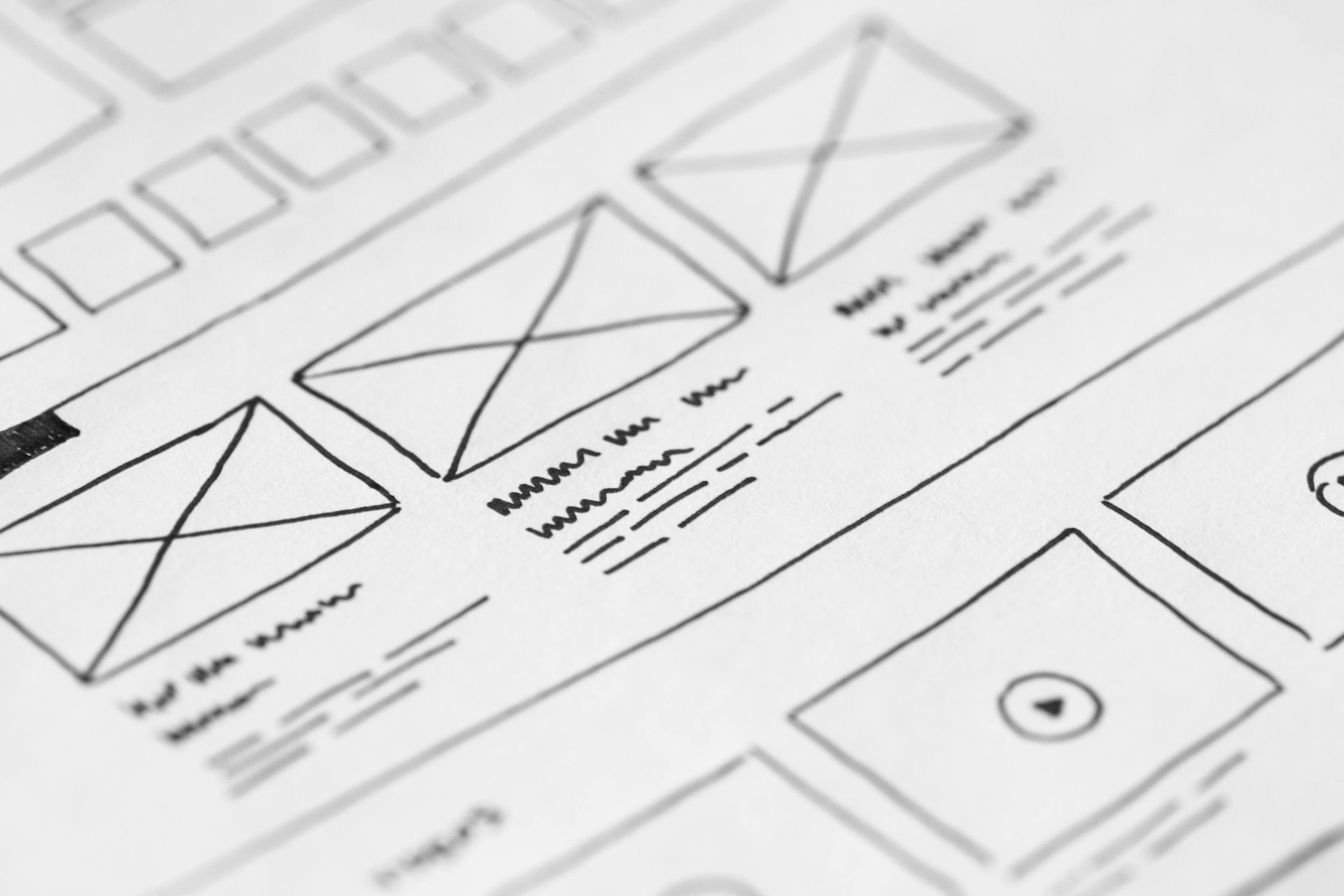Brand & Website Design Templates | Elevate Your Web Design Today
Elevate Your Brand with Stunning Website Design Templates
In the vibrant digital landscape, where every pixel counts and every click could either win you a customer or send them packing, the importance of a visually appealing website design cannot be overstated. Your website is often the first impression potential customers have of your brand, and a stunning design can elevate your brand's identity and ensure that your message resonates with your target audience. So, let’s embark on this design journey together, exploring how to optimize your web presence with the best practices in website design and the right templates to enhance your brand.
What are the Best Practices for Website Design?
Understanding Brand Identity in Web Design
At the heart of effective branding lies a clear understanding of your brand identity. Your website's design should not only be aesthetically pleasing but should also reflect your brand's core values and personality. This is where the magic of brand strategy comes into play. By tailoring your web design to encapsulate your brand’s identity, you create an engaging space that resonates with visitors. Think of your website as a digital handshake; it should convey trust, professionalism, and the essence of what your brand stands for. Are you vibrant and youthful, or sophisticated and classic? Your design elements—colors, shapes, and imagery—should all harmonize to tell that story.
Incorporating SEO into Your New Website
Let’s not forget about the often-overlooked superstar of the digital world: SEO. In the quest for visibility, integrating SEO into your website's design is a non-negotiable best practice. Search engines love a well-structured website that not only looks good but also follows the rules of optimization. From using alt tags for images to ensuring your site loads quickly and is mobile-friendly, every aspect of your website’s design plays a pivotal role in how it ranks. So, while you’re busy crafting a visually stunning design, remember to sprinkle in those SEO best practices. After all, what good is a gorgeous website if no one can find it?
Essential Typography and Font Choices
Let's talk about typography—the unsung hero of web design. The right font can elevate your website from mediocre to magnificent. Typography isn’t just about picking something that looks nice; it’s about choosing fonts that align with your brand’s identity and ensure readability. A modern sans-serif font might convey a different feeling than a classic serif font. The typography should enhance user experience, guiding visitors seamlessly through your content while making it visually appealing. When selecting fonts, consider how they reflect your brand's personality; a playful brand might opt for quirky fonts, while a corporate brand might lean towards clean, professional typography. Remember, the goal is to make sure your audience can easily find what they’re looking for without straining their eyes.
How Can I Use Templates to Enhance My Brand?
Choosing the Right Template for Your Business
When it comes to web design, templates can be a game-changer. They provide a foundation that can save you time and effort, allowing you to focus on what truly matters—your brand. Choosing the right template should be a strategic decision, reflecting your brand’s identity while still being functional. Look for templates that offer flexibility and customization options, so you can tailor them to meet your specific needs. The right template will not only make your website visually appealing but also ensure it is built on a solid foundation that supports your SEO efforts and user experience.
Customizing Templates to Reflect Your Brand Story
Once you’ve chosen a template, the fun begins! Customizing it to reflect your brand story is where you can let your creativity shine. This is your chance to infuse the template with your unique voice and style. Change colors, adjust layouts, and modify fonts to create a cohesive look that resonates with your audience. Think of it as dressing your website in its best attire; it should be both stylish and appropriate for the occasion. The more tailored your website looks, the more it will convey your brand’s identity and values, making a lasting impression on visitors.
Examples of Successful Website Templates
Look no further than some of the most successful brands online to find inspiration. For instance, brands like Apple and Airbnb utilize clean, modern templates that are tailored to their brand identities. Their websites are a perfect blend of functionality and stunning visual design, making it easy for users to navigate while also showcasing their offerings effectively. Such examples reinforce the importance of choosing a template that not only meets your aesthetic needs but also serves the practical aspects of your design strategy. Take notes from these leaders and remember that your template should be a reflection of your brand’s essence.
How to Elevate Your Brand Through Website Design?
What Makes a Successful Website Design?
Creating a Cohesive Brand Identity Online
To truly elevate your brand, consistency is key. Your website should present a cohesive brand identity across all pages. This includes using the same color palette, typography, and imagery style throughout. A unified look not only reinforces your brand’s identity but also builds trust with your audience. When visitors see a consistent design, they are more likely to perceive your brand as professional and reliable. Remember, every element tells a story—make sure yours is cohesive and clear.
Utilizing Color and Design Elements to Enhance Your Brand
Colors evoke emotions and can significantly impact how users perceive your brand. For instance, blue often conveys trust and dependability, while red can evoke excitement and passion. When choosing colors for your website, consider the emotions you want to evoke in your audience. Design elements like shapes, lines, and textures also contribute to the overall feel of your site. By thoughtfully incorporating these design elements, you can create an engaging atmosphere that enhances your brand and captivates visitors.
Case Studies: Brands That Elevated Their Image with Web Design
Integrating SEO for Higher Visibility
Essential Features of a Successful Website
Common Mistakes to Avoid in Website Design
Many brands have successfully elevated their image through strategic web design. For example, Starbucks revamped its website to reflect a more modern and inviting atmosphere, aligning with its brand identity of community and connection. Another example is Nike, which uses dynamic visuals and engaging content to connect with its audience on an emotional level. These case studies highlight the transformative power of effective website design in enhancing brand identity and user engagement. By learning from their successes, you can apply similar strategies to elevate your own brand.
As we mentioned earlier, integrating SEO is crucial for a successful website design. Without it, your beautiful website might as well be a digital ghost town. Ensure that your site’s structure, content, and design elements incorporate SEO best practices. This means using relevant keywords, meta tags, and alt text while creating a user-friendly experience. A strong SEO strategy not only enhances visibility but also drives organic traffic, increasing your chances of conversion.
A successful website is more than just good looks; it’s about functionality and user engagement. Essential features include responsive design, fast loading times, clear calls to action, and engaging content. Your website should also be equipped with contact forms, social media integration, and analytics tracking. These elements work together to create a seamless experience that encourages interaction and drives results. Remember, a website that combines aesthetics with functionality is a recipe for success.
As you embark on your web design journey, be wary of common pitfalls that can derail your efforts. One of the biggest mistakes is neglecting mobile optimization. With more users accessing websites via mobile devices, your site must be responsive and visually appealing on all screen sizes. Another common mistake is overloading pages with too much content or too many design elements. Keep it clean and simple; less is often more in web design. By avoiding these traps, you can ensure your website remains effective and engaging.










